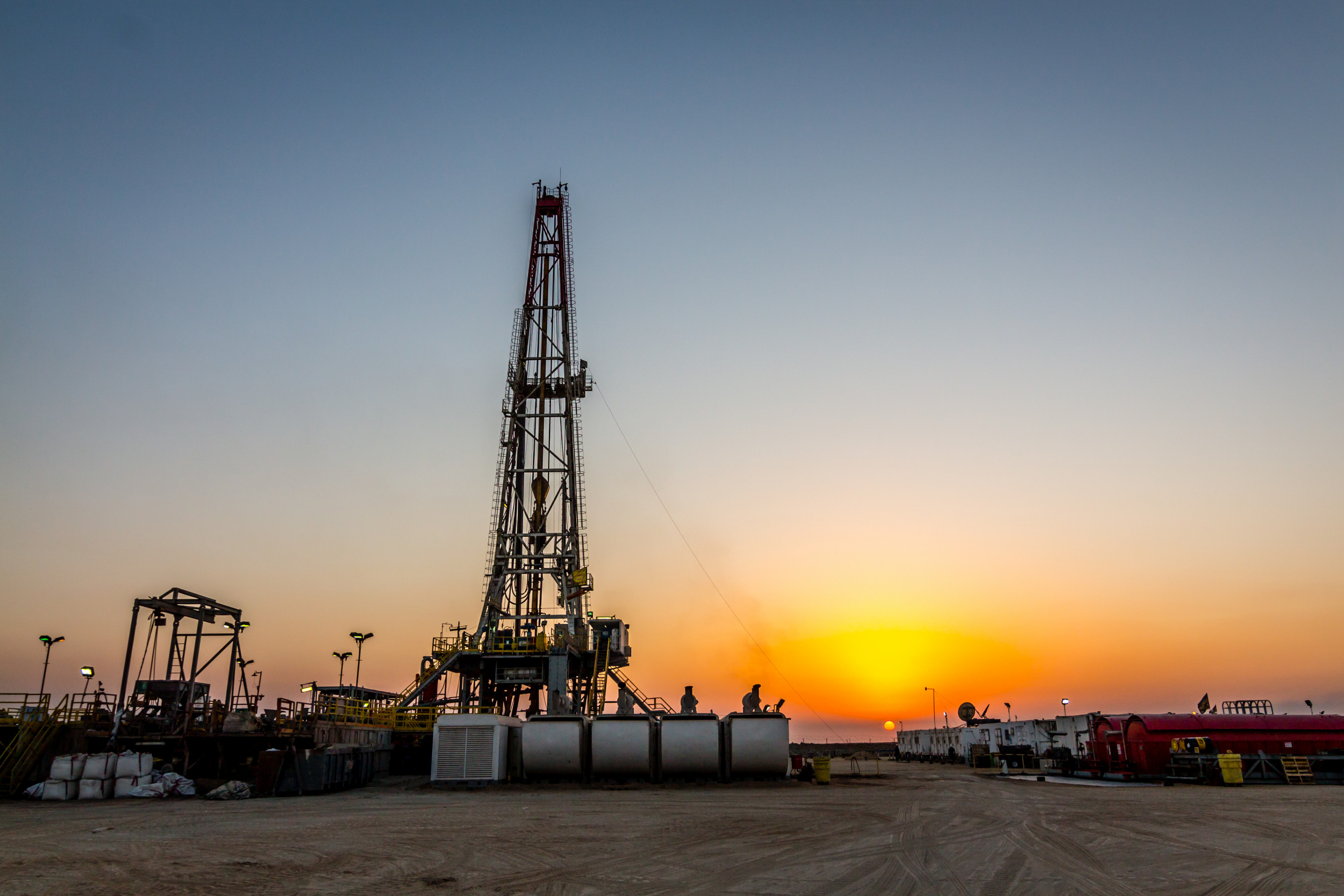根据科罗拉多的一项研究数据,居住在石油和天然气压裂现场附近的人们可能会有更高的鼻子出血、头晕、头痛和其他短期健康影响的风险丹佛邮报。
目前,各州监管机构已经为住宅设定了500英尺的最小后退距离。这项研究的证据发现,居住在500-2000英尺压裂现场的居民暴露在苯和其他化学物质中。
在离压裂作业500英尺的地方,发现苯、甲苯和乙基甲苯等化学物质的含量高达推荐水平的10倍。在距离一些石油和天然气压裂设施2000英尺的地方,这些水平仍然不安全。
水力压裂,水力压裂的通称,是非常规天然气开发的一种方法国家环境健康服务研究所(国家卫生研究院)。沙子、水和化学物质被迫进入水平钻入页岩的井中。当页岩破裂时,天然气或石油被释放出来。
压裂过程中使用的化学物质有可能进入并污染饮用水源。这种水污染也可能发生在如果回流期间,即压裂过程中流出井的水的释放没有得到适当控制。
燃烧,如过量天然气的燃烧,会污染空气。运输卡车产生的柴油烟雾和空气中的沙粒也会对压裂区域的空气质量产生负面影响。
尽管关于水力压裂对健康影响的研究数量有限,但国家卫生研究院表示,这一过程有三个明显的危险,主要涉及井场的工人。

水力压裂利用像这样的钻机,从地球深处的页岩地层中提取天然气或石油。
压裂中使用的沙子会进入呼吸系统并导致肺部疾病。意外的化学品泄漏会危及现场工作人员的健康。回流作业中会排放大量碳氢化合物,使工人暴露在这些毒素中。
压裂过程中使用的一些化学物质是商业秘密。一份来自政策完整性伙伴关系称钻井公司使用了一项法律,允许一些压裂化学品的身份保密。
这些秘密化学物质被注入俄亥俄州的1400多口井中。研究表明,未知的化学物质会对人体健康产生负面影响,如皮肤刺激、神经毒性和发育毒性。
“秘密暴露于我们环保局报告的对人类健康有潜在危害的化学品是不合理的,”PSR医生促进社会责任协会医学博士艾伦·洛克伍德说。“如果不知道环境中有什么化学物质,医疗保健专业人员就不可能正确对待患者,制定保护性公共卫生计划和决策,保护第一反应者。”
根据PSR的报告甲烷是一种温室气体,它将热量截留在大气中,成为全球变暖的一个关键因素。生产场所、气体运输系统和储存设施的甲烷泄漏造成了这一问题,尽管泄漏的实际百分比尚未量化。
根据,压裂开采的天然气产量预计在不久的将来会翻一番卫报。乙烷是一种可导致窒息的可燃气体,预计到2025年将增加20倍以上。
COLORADO FRACKING STUDY SHOWS TOXIC CHEMICALS UP TO 2,000 FEET AWAY FROM DRILLING SITES
Data from a Colorado study finds that people living near oil and gas fracking sites may have heightened risk of nose bleeds, dizziness, headaches and other short-term health effects, according to The Denver Post.
Right now, state regulators have set a 500-foot minimum setback distance for residences. Evidence from the study finds that residents living between 500-2,000 feet of fracking sites are exposed to benzene and other chemicals.
Chemicals, like benzene, toluene and ethyltoluenes were found at up to 10 times the recommended levels at a distance of 500 feet from fracking operations. Those levels were still unsafe at distances of 2,000 feet from some oil and gas fracking facilities.
Fracking, the common name for hydraulic fracking, is a method of unconventional natural gas development, according to the National Institute of Environmental Health Services (NIH). Sand, water and chemicals are forced into wells drilled horizontally into shale. When the shale cracks, natural gas or oil is released.
It is possible for the chemicals used during the fracking process to enter and contaminate drinking water sources. This water pollution can also occur during if flowback, the release of water used during fracking exiting the well, is not properly contained.
Combustion, such as the burnoff of excess natural gas, can pollute the air. Diesel fumes from transport trucks and airborne sand particles can also negatively affect the air quality in fracking areas.
While the number of studies concerning the health effects of fracking is limited, the NIH says there are three clear dangers from the process, mostly involving workers at well sites.

Fracking, which employs rigs like this one, extracts natural gas or oil from shale formations deep within the earth.
The sand used in fracking can enter the respiratory system and causes diseases of the lungs. Accidental chemical spills can endanger the health of site workers. High levels of hydrocarbons can be emitted during flowback operations, allowing workers to be exposed to those toxins.
Some chemicals used in the fracking process are trade secrets. A report from the Partnership for Policy Integrity says drilling companies used a law that allows the identity of some fracking chemicals to remain undisclosed.
Those secret chemicals were injected into over 1,400 wells in Ohio. Studies indicate that the unknown chemicals could negatively impact human health, with effects like skin irritation, neurotoxicity and developmental toxicity.
"Secret exposure to chemicals that our own EPA reports as a potential hazard to human health is unconscionable," said Alan Lockwood, MD, of Physicians for Social Responsibility (PSR). "Healthcare professionals can't possibly treat patients properly, make protective public health plans and decisions, and protect first responders without knowing what chemicals are in the environment."
According to a report by the PSR, methane is a greenhouse gas that traps heat in the atmosphere, making it a key component in global warming. Methane leakage from production sites, gas transport systems and storage facilities contribute to the problem, although an actual percentage of the leakage has yet to be quantified.
Natural gas output extracted by fracking is expected to double in the near future, according to The Guardian. Production of ethane, a combustible gas that can cause asphyxiation, is expected to increase by over 20 times by the year 2025.






